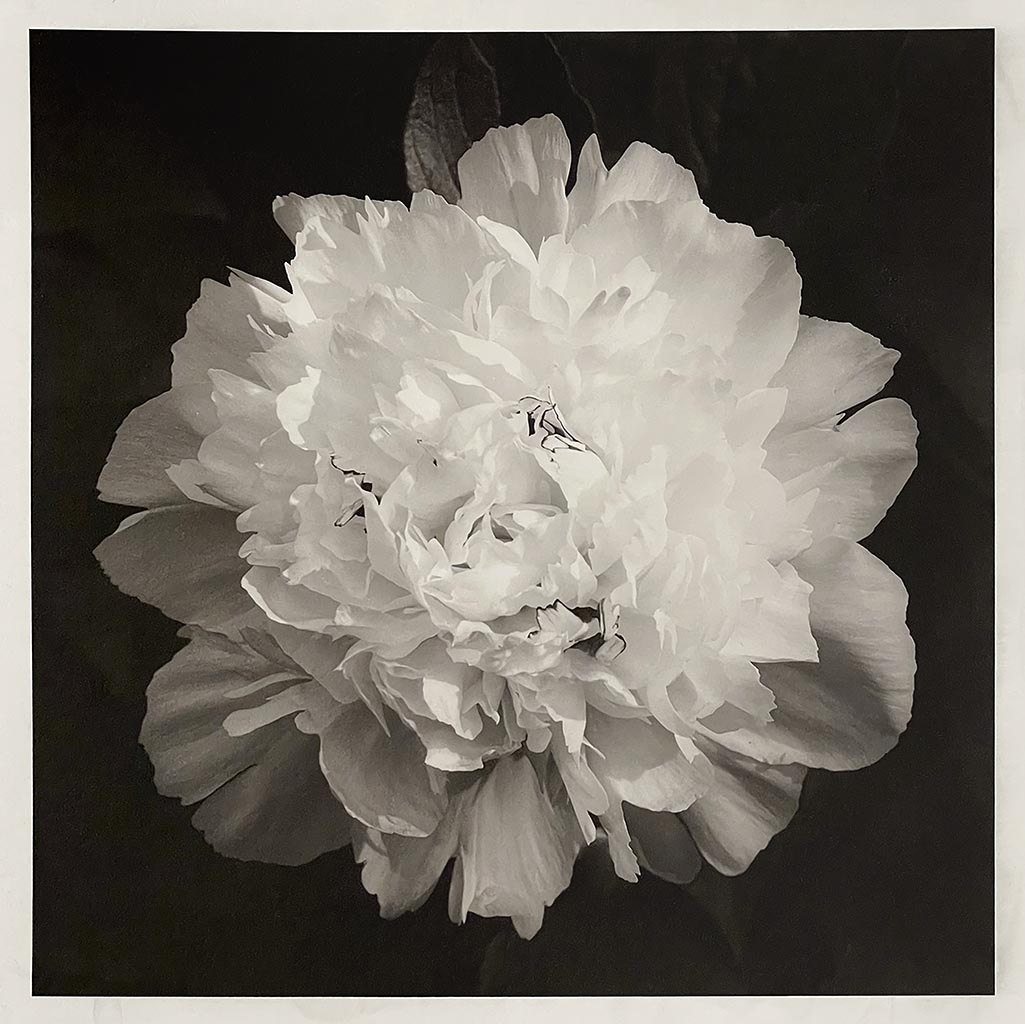I will update the book in 2024 to include the non-toxic printing methods. Those who have purchased The Technical Guide to Gum Printing will get a free download link.
Technical Guide to Gum Printing



What is This Book?
This book includes detailed step-by-step instructions on how to use the gum process to make prints like those shown below. More importantly, we will take a deep dive into understanding the interconnected variables of the gum process. The objective is to supply you with the tools needed to either create a workflow from scratch or modify your current workflow to achieve a desired result. This book is not intended to be a complete guide to gum printing, but a supplement to current gum printing literature. I recommend using this book as a reference for solving problems or modifying your existing workflow to achieve the results you are looking for.
There are four parts to this book
Part I is a freely available introduction.
Part II covers preparatory work for the main printmaking process, such as sizing paper, registration, and making negatives.
Part III has step-by-step tutorials on gum printing with brush or spray applied emulsions.
Part IV, which covers theory, is by far the most extensive section in this book and aims to minimize frustration in the learning process.
Part V is an overview of how the calibration methods, described in the book Calibration for Alternative Photographic Processes can be applied to calibrating a gum print.
Is This Book for You?
New to gum printing
This book is meant to be a technical guide for people already familiar with the gum process, so some of the basic concepts about gum printing are omitted. If you are new to the process, I recommend starting with one of the modern books on gum printing or, better yet, taking a workshop with a gum printing expert like Christina Z. Anderson, Diana Bloomfield, Tony Gonzalez, Marek Wesołowski, or Ellie Young.
Other pigment-based processes
All pigment-based processes are closely related, so you can take information from this book and apply it to other processes. That’s how I learned gum printing in the first place. I simply applied the knowledge acquired through tens of thousands of hours of experience in carbon transfer printing to gum printing. Many of the working procedures and concepts in this book can be applied to other alternative processes, including gumoil, carbon transfer, direct carbon, and bromoil.
Novel printing methods
I outline solutions to several problems that, as far as I know, have not been solved before. It’s possible some of these methods were invented by someone else, and lost to time, or never made it into common practice. I also implement a couple of different working methods. All of these are covered in the book.
- Sensitize an emulsion after spraying it on the paper. While not necessary, sensitizing the emulsion after brush coating has many advantages as well. I found three methods to achieve this.
- Completely eliminate staining between layers. This creates prints with very vibrant colors and clean whites. With no staining, extended gamut printing becomes worthwhile, allowing gum printing to surpass just about any other pigment-based process such as color carbon printing or even inkjet printing in gamut.
- Faster and much more precise development.
- Reduce metameric color failure.
With this book you will have access to:
- The results of testing LED light sources at 365nm, 375nm, 385nm, 395nm, 405nm, both cobs and strips, metal halide, and fluorescent tubes.
- An Excel document to make calibration easier, along with curves and sample files.
- The results of testing 30 different acrylic sizes
- ICC profiles for color printing.
- The results of testing different kinds of gum, brushes, additives, equipment, chemicals, and miscellaneous materials.
- Recommendations for alternatives to dichromates.
- Free access to future research that I am currently conducting.